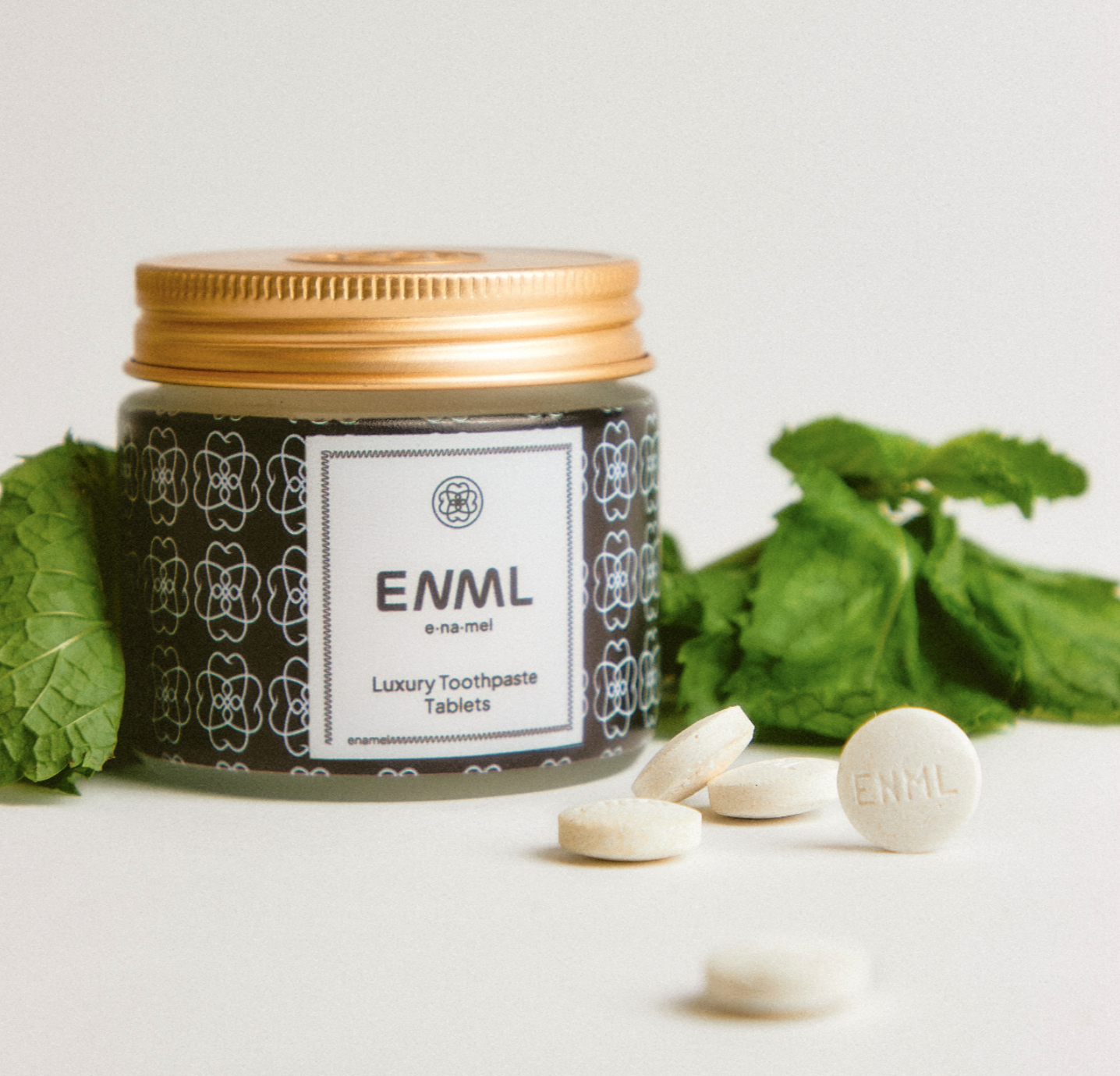Enamel is the tooth’s armor, but over time, it can become damaged by acidic diets, surface abrasions, or even dental treatments like braces. The good news? While enamel cannot regenerate, remineralization can help strengthen and protect it. Dr. Jordan Harper explains how microhydroxyapatite plays a pivotal role in remineralizing enamel and preventing further decay.
What is remineralization, and how does microhydroxyapatite help?
Remineralization is the process of restoring minerals to weakened enamel. Microhydroxyapatite, found in innovative oral care products, bonds with exposed enamel to strengthen and protect teeth.
💡Related Post: The Truth About Remineralization: How Microhydroxyapatite Transforms Dental Health
Key Questions and Answers
-
What is enamel, and why is it important?
Enamel is the hard, protective outer layer of teeth that shields dentin and nerves from damage. Its non-porous nature makes it resistant to wear, but once damaged, it cannot regenerate. -
What causes enamel to weaken?
Acidic diets, cavities, and surface abrasions from improper brushing or dental treatments can weaken enamel, exposing dentin and increasing the risk of decay. -
How does remineralization work?
Remineralization restores minerals to weakened enamel. Microhydroxyapatite molecules are small enough to bond with exposed enamel, filling surface abrasions and protecting teeth from further damage. -
Can remineralization rebuild enamel?
While remineralization strengthens enamel, it does not rebuild lost layers. Instead, it reinforces existing enamel and helps prevent decay progression.
💡Related Post: How Does Hydroxyapatite Work to Remineralize Teeth and Reduce Sensitivity?
Conclusion
Remineralization is a crucial process for maintaining strong, healthy teeth, particularly when enamel has been weakened by diet, dental treatments, or improper care. Products containing microhydroxyapatite, such as ENML Toothpaste Tablets, offer an innovative solution for strengthening enamel and protecting against further damage.
Take the next step in safeguarding your smile—explore Enamel’s advanced oral care products today at ENML.com.
Transcript
Talk to me about the process of what it looks like for the remineralization of the teeth. So, basically what happens, when you have enamel on the outside of a tooth, right, it's like super, super rigid, uh, not very porous at all. Uh, that's the hard armor on the outside of the tooth, right acidic diet, uh, cavities, blah, blah, blah.
It causes problems with side The teeth remineralization effect really takes place at the surface level of the dentin So let's say you have a surface abrasion on enamel like the brace is scarring right the way the remineralization works with with Microhydroxyapatite, like what's an enamel is, um, the molecules are small enough where they can actually come in, uh, and, and rebind themselves to that hydroxyapatite that is exposed on that enamel, right?
So you have a little brachial scarring, microhydroxyapatite constantly hitting that, hitting that, hitting that. The molecule is actually small enough where it will remineralize parts of that too. It's not going to build a layer of enamel back out, right? Um, but it's going to remineralize it to help protect it.






